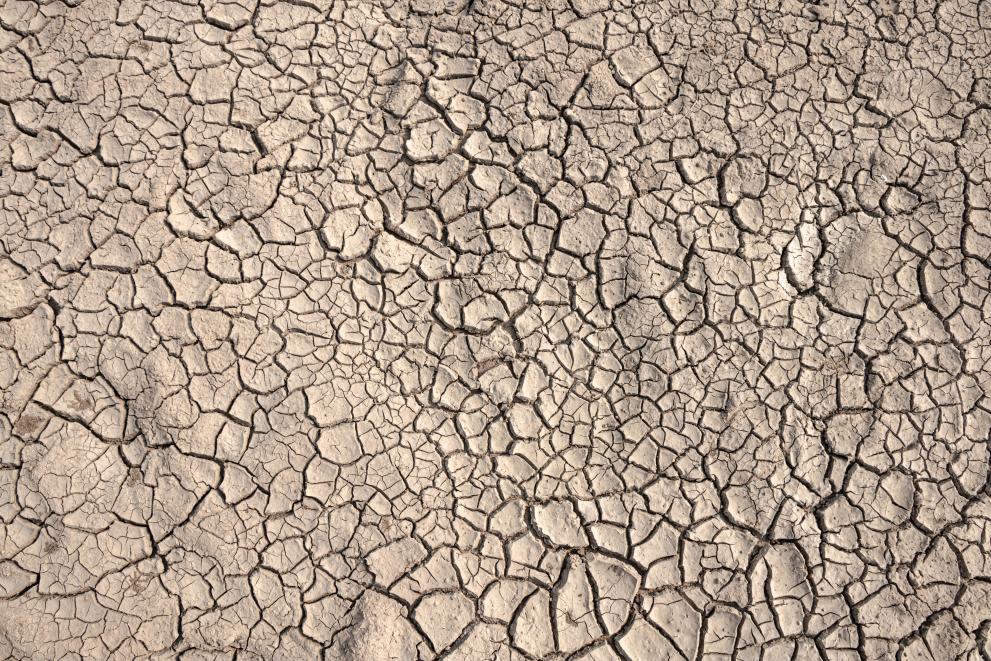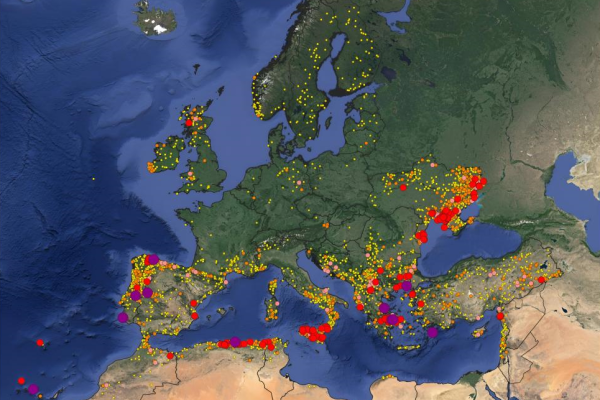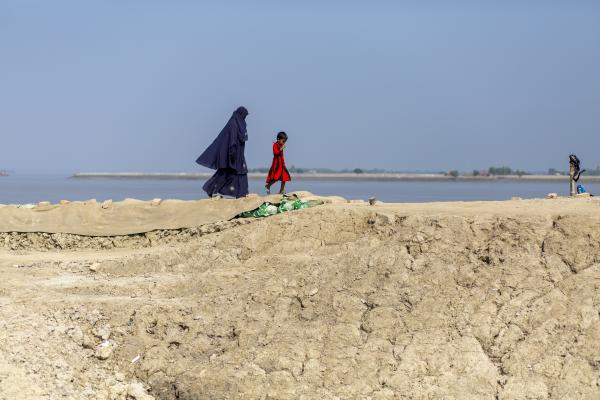
A multi-annual drought event across the continent
According to the latest report from the Global Drought Observatory (pdf), prolonged and severe drought conditions have been consistently hitting central-southern South America since 2019. The region is facing one of the longest and largest droughts in recent decades. The negative effects are already evident on crop yields, as well as on the economy and ecosystems.
This large-scale drought event results from smaller, geographically distributed, sub-events commonly affected by a severe lack of precipitation. By the end of March 2023, the lack of rain combined with higher-than-normal temperatures started leading to severe vegetation stress over Uruguay, northern Argentina, and southern Patagonia.
As a result, crop yields have reduced. In Argentina, soybean production in 2023 is expected to be 44% lower than the average of the preceding five years and the soy harvest is forecasted to be the lowest since 1988/89. The drought has already reduced by 3 percentage points the estimated Argentinian GDP for 2023.
Cross-sector impacts call for urgent action on adaptation
The multi-year drought event and the sequence of warm and dry years in South America has contributed to the loss of 30-50% of glacier ice cover in the Andes, other studies point out. Other – smaller – glaciers have fully disappeared. These glacier loses are exacerbating the water shortages caused by the current drought and hampering hydro-electric power generation across lowland communities home to hundreds of millions of people.
As South America braces for the transition to El Niño conditions, seasonal forecasts predict warmer temperatures and variable precipitation levels. Drier than average conditions are expected from May to June 2023 in northern Argentina and Uruguay. Brazil and Central and coastal Peru are projected to have average and slightly wetter conditions, respectively. Close monitoring is required to better understand the exact impacts during the coming months.
Nonetheless, the prolonged lack of precipitation, the severe heatwaves, and the warmer-than-average forecast are highly likely to cause a further reduction of river flows, with (further) direct impacts on agriculture, ecosystems and energy production.
Water resource management should be cautiously planned to limit impacts, and adaptation strategies should be urgently undertaken to build resilience against present and future climatic challenges.
Background
The Joint Research Centre produces real-time drought information through the European and Global Drought Observatories (EDO and GDO), which are part of the Copernicus Emergency Management Service (CEMS). The European Observatory will be further extended in the near future with a multi-sectoral drought risk and impact assessment under the European Drought Observatory for Resilience and Adaptation (EDORA) project, which aims at enhancing drought resilience, cooperation and adaptation in EU Member States.
Details
- Publication date
- 22 May 2023
- Author
- Joint Research Centre
- JRC portfolios





